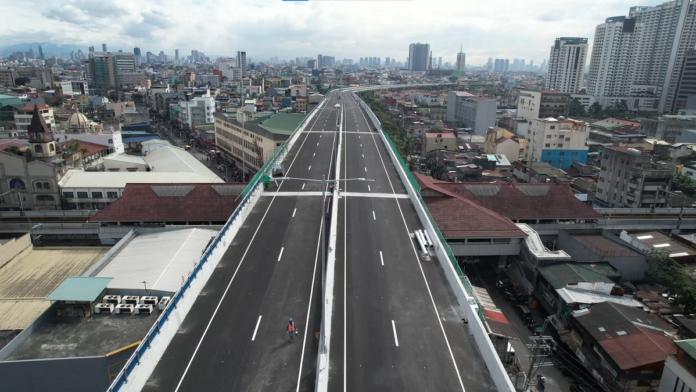NLEX Corp. has secured approval from the Toll Regulatory Board (TRB) to impose an additional P7 toll in the open system and P0.36 per kilometer in the closed system starting June 15.
The new rates, which underwent thorough regulatory reviews and approvals, were part of the authorized NLEX periodic adjustments due in 2012, 2014, 2018 and 2020.
TRB allowed NLEX to collect this year the fourth and last tranche of the 2012 and 2014 periodic adjustments and only half of the 2018 and 2020 increases to help “curb the existing inflationary situation and cushion their impact on the users of the expressway.”
The company said public utility jeepneys (PUJs) under the NLEX Pass-ada and Tsuper Card discount and rebate programs will continue to enjoy the old rates.
Under the new toll fee matrix, motorists traveling anywhere within the open system will pay an additional P7 for Class 1 vehicles (regular cars and SUVs), ₱P7 for Class 2 vehicles (buses and small trucks), and P19 for Class 3 vehicles (large trucks).
The open system is from Metro Manila in the cities of Navotas, Valenzuela and Caloocan to Marilao, Bulacan while closed system covers the portion between Bocaue, Bulacan and Sta. Ines, Mabalacat City, Pampanga including Subic-Tipo.
Those traveling the NLEX end-to-end between Metro Manila and Mabalacat City will pay an additional P33 or Class 1, P81 for Class 2 and P98 for Class 3 vehicles.
While waiting for the adoption of these much needed adjustments, NLEX continued to deliver quality service to motorists by ensuring that its road assets and operations are consistent with standards.
It remained steadfast in its commitment to the welfare of stakeholders through various corporate social responsibility programs and initiatives.
Traffic management systems were also enhanced and closely monitored the traffic situation in the entire stretch of the expressway, and immediately responded to incidents. With a full system in place, different traffic measures were implemented to manage traffic depending on the criticality of the situation, including setting up counterflows in congested areas where feasible so that motorists get to their destinations safely, quickly and comfortably.
It also started preliminary works at the Candaba third viaduct and is currently eyeing to expand the NLEX San Fernando to Sta. Ines which will help address the increase in the volume of vehicles using the expressway.
Groundbreaking for the third viaduct is set take place this June to officially signal construction. The project will expand the five-kilometer bridge from existing three lanes without shoulder to three lanes with inner and outer shoulder per direction.
Aside from making travel safer and more convenient, the new bridge, once finished, will also enable faster journeys as it will increase the maximum speed at the Viaduct from 60 kph to 80 kph.







